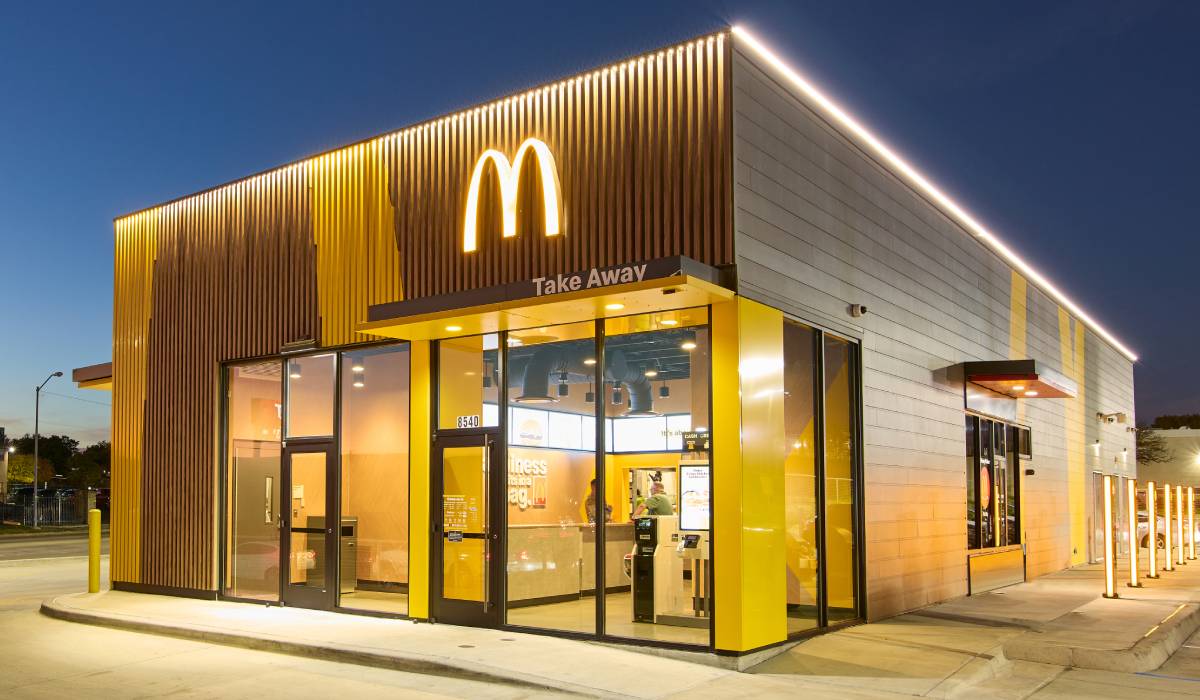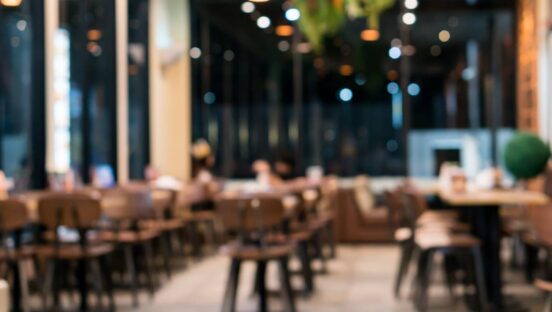The restaurant industry will not return to the state it was in prior to the pandemic, is another statement you can add to the list of clichés. I have yet to converse with an industry peer who believes otherwise. Time will tell, of course. But if there was ever a universally accepted prognostication, this appears to be it.
How will the industry differ from the pre-COVID era? I believe it boils down to a key area: channels of trade.
The shift to off-premises consumption of food was well underway prior to the pandemic. For evidence, I need to look no further than Firehouse Subs. In 2012, our dine-in business accounted for 52.4 percent of our sales (unusual for a sandwich shop, as most of our rivals were predominantly take-out). During succeeding years, the contribution from dine-in diminished. In 2014, it dropped narrowly below 50 percent. In 2016, dine-in accounted for only 46.5 percent. Fast forward to 2019, and it was down to 38 percent.
Firehouse was not alone. From 2012 to 2019, fast-casual restaurants for which we have insights showed a 5 percentage-point decline in dine-in. More telling during that time frame, however, was a drop of 17 percentage points for a hefty sample of quick-service brands.
The change in behavior relative to where guests consume their meal is an important factor for many brands. Some brands were engineered with an emphasis on the dine-in experience. As consumer behavior shifted, the strengths of such a brand became increasingly less relevant. Add to that the difference in ordering behavior between a dine-in and off-premises occasion … especially as it relates to beverages … and the decline of dine-in sales created a headwind for the restaurant operator.
The decline in dine-in consumption is just part of the evolution of the industry. Perhaps the biggest impact is brought about by the shifts in the channels of trade used by the consumer. In that respect, the industry had already changed significantly prior to the pandemic. Once again turning to Firehouse as an example, 89.5 percent of sales in 2012 were generated by a customer placing an order with a cashier at the point of sale. By 2019, the share of what we consider to be our “traditional channel of trade” had dropped to 75.3 percent. From 2012 to 2019, the channels of catering, online ordering, third-party delivery, drive-thru, and even phone orders had grown. Some of these channels were in their infancy in 2012; one of them didn’t even exist.
Then came the pandemic and the rapid acceleration in the use of non-traditional channels of trade. At its low point in 2020, our traditional ordering dropped below 40 percent of sales. But some consumers were eager to return to their prior practices, and by the end of the year, traditional ordering had rebounded to 56 percent. So far in 2021, the contribution in sales from traditional ordering is only slightly north of that.
Firehouse Subs is hardly alone in experiencing these dynamics. A fundamental issue for every brand is understanding what the “new normal” will be in terms of channels of trade. There is no one best formula, as every brand is unique in terms of its attributes and value proposition. The value added by a given channel of trade may differ from one brand to the next.
There are other channels of trade that I haven’t mentioned, the most prominent one being so-called ghost kitchens. There are several variations on a theme in that arena. To name a few: kitchen-only facilities used by a brand to fulfill delivery orders; kitchens that produce another brand’s products; and a brand that produces a “ghost brand” that they themselves own. Technically, these aren’t channels of trade in the same sense as the others I have mentioned; they share third-party delivery platforms as the underlying channel of trade for the consumer. Better said, they are alternative channels of revenue for the operator. Call them what you will, the contribution that ghost kitchens and their variants make to the industry beyond the horizon of the pandemic is perhaps the least certain of all the channels, as they were born to solve the operator’s problem, rather than fulfilling a consumer need.
So, of what consequence is the shift in the channels of trade? Obviously, there are individual consumers who favor the use of some or even all the channels (their need-state being the driving force behind their choice of channels on a given occasion). If the operator makes every channel available, they should be golden, right?
Wrong.
With every channel comes a unique set of guest expectations for execution. Historically, the restaurant business, especially quick service and fast casual, was a very linear business. Customers physically walked into a restaurant and got in line to order. Production was queued accordingly, and guests developed their own expectation for the timeliness of service based upon the length of the line in combination with their prior experiences with the brand.
I think all operators would agree that they must succeed at meeting or exceeding the expectations of their customers. With the advent of so many channels of trade…and such large volumes of business coming from guests not physically present at the restaurant … meeting the guest’s expectations has become a greater challenge. Indeed, managing the expectations across several different channels is at the top of the list of challenges faced by operators today. In the post-pandemic world, it will not get any easier. Those that can manage expectations with success will likely carve out a superior position in the marketplace.









